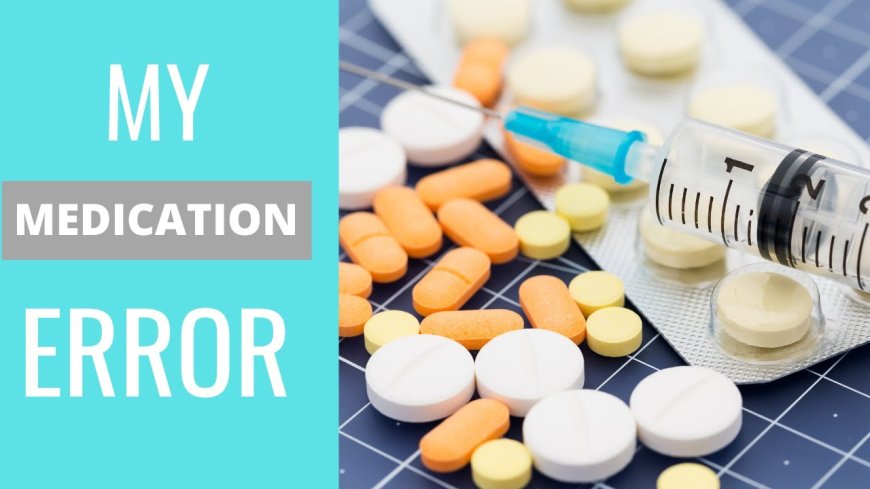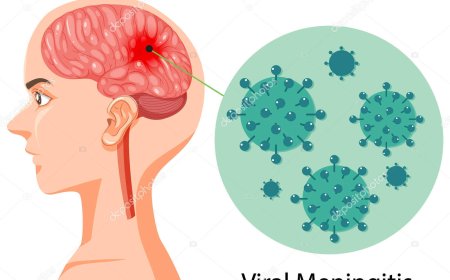Preventing Medication Errors

Introduction:
Medication errors occur when mistakes are made in prescribing, dispensing, or taking medicines, leading to harmful effects on patients' health. Preventing medication errors is crucial to ensure safe and effective healthcare in India. Let's understand what medication errors are, how they are classified, their causes, risk factors, and the different types of prevention techniques.
Signs and Symptoms:
The signs and symptoms of medication errors can vary depending on the type and severity of the error. Some common symptoms include:
- Feeling unwell or sick after taking medication.
- Unusual side effects or unexpected reactions to the medicine.
- Changes in heart rate or breathing.
- Confusion or dizziness.
- Severe allergic reactions like rashes or difficulty in breathing.
What Is Preventing Medication Errors?
Preventing medication errors means taking steps to avoid mistakes while prescribing, preparing, and administering medications. The goal is to keep patients safe and prevent harm caused by incorrect medications or doses.
Classification of Preventing Medication Errors:
Medication errors can be classified into three main categories:
- Prescribing Errors: Mistakes made by doctors or healthcare providers while writing prescriptions.
- Dispensing Errors: Errors that occur during the preparation and labeling of medications by pharmacists or pharmacy staff.
- Administration Errors: Mistakes made by patients or healthcare providers while giving the medication to the patient.
Causes and Triggers:
Several factors contribute to medication errors in India. Some common causes include:
- Illegible handwriting on prescriptions leading to misinterpretation.
- Similar-sounding medicine names or packaging, causing confusion.
- Lack of communication between healthcare providers and patients about allergies or other medications being taken.
- Poor lighting or distractions in the pharmacy or hospital, leading to errors during drug preparation.
- Patients not understanding or following the medication instructions.
Risk Factors with Examples:
Certain factors increase the risk of medication errors. For instance:
- Age: Elderly people might take multiple medications, making it more likely to make a mistake.
- Language Barriers: Patients who don't understand the local language may misinterpret instructions.
- High Workload: Overworked healthcare providers might be more prone to making errors.
Types of Preventing Medication Errors:
- Double-Check System: Healthcare providers follow a two-person verification process to ensure the correct medication and dosage.
- Barcoding Technology: Medications and patient wristbands are scanned to confirm correct matches before administration.
- Patient Education: Educating patients and their families about medications, doses, and possible side effects.
- Medication Reconciliation: Reviewing and comparing the patient's current medications with new prescriptions to avoid interactions.
- Computerized Physician Order Entry (CPOE): Electronic prescription systems to reduce handwriting errors.
Diagnostic Tests and Treatments:
There are no specific diagnostic tests for medication errors. Instead, healthcare providers rely on patient feedback, symptoms, and medical history to identify potential errors. Once identified, the treatment for medication errors depends on the type and severity of the mistake. Treatment may include:
- Stopping the wrong medication or adjusting the dose.
- Providing supportive care for any side effects or complications.
- Switching to a different medication if necessary.
Complications and Prevention Techniques:
Medication errors can lead to severe complications, such as life-threatening allergic reactions, organ damage, or even death. To prevent medication errors, the following techniques are employed:
- Medication Safety Audits: Regular audits to identify and address potential weaknesses in the medication process.
- Improved Communication: Encouraging patients to speak up about their medications and concerns.
- Training and Education: Continuous training for healthcare providers to stay updated on best practices.
- Standardized Protocols: Implementing standardized procedures for medication administration.
- Medication Safety Campaigns: Public awareness campaigns to educate people about medication safety.
Preventing medication errors is of utmost importance in India to ensure safe and effective healthcare for all. By understanding the signs, causes, risk factors, and implementing prevention techniques, patients, healthcare providers, and families can work together to reduce the occurrence of medication errors and safeguard the health of everyone. Remember, it's essential to communicate openly with healthcare professionals and never hesitate to ask questions or seek clarification regarding medications. Stay safe and healthy!
What's Your Reaction?
 Like
0
Like
0
 Dislike
0
Dislike
0
 Love
0
Love
0
 Funny
0
Funny
0
 Angry
0
Angry
0
 Sad
0
Sad
0
 Wow
0
Wow
0







































































